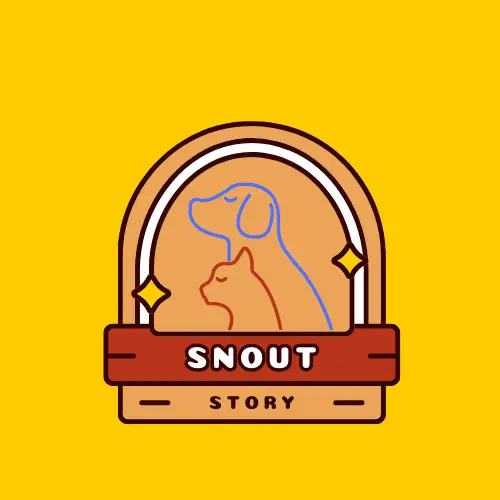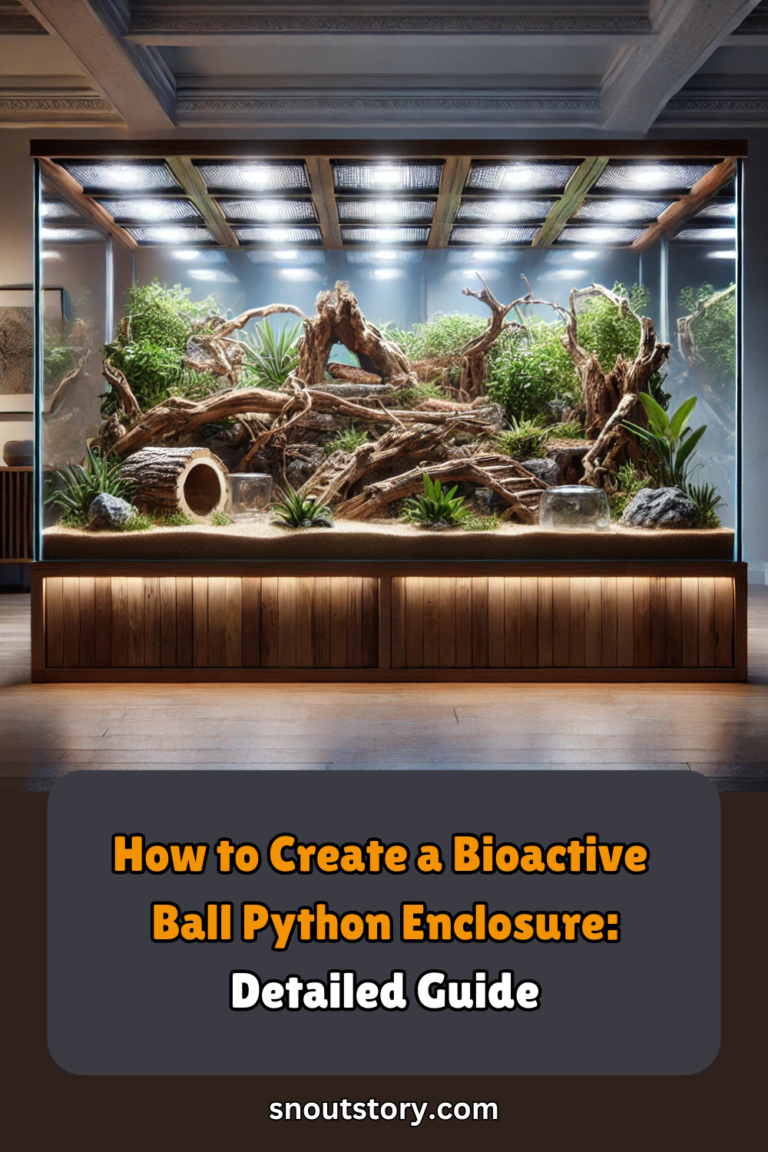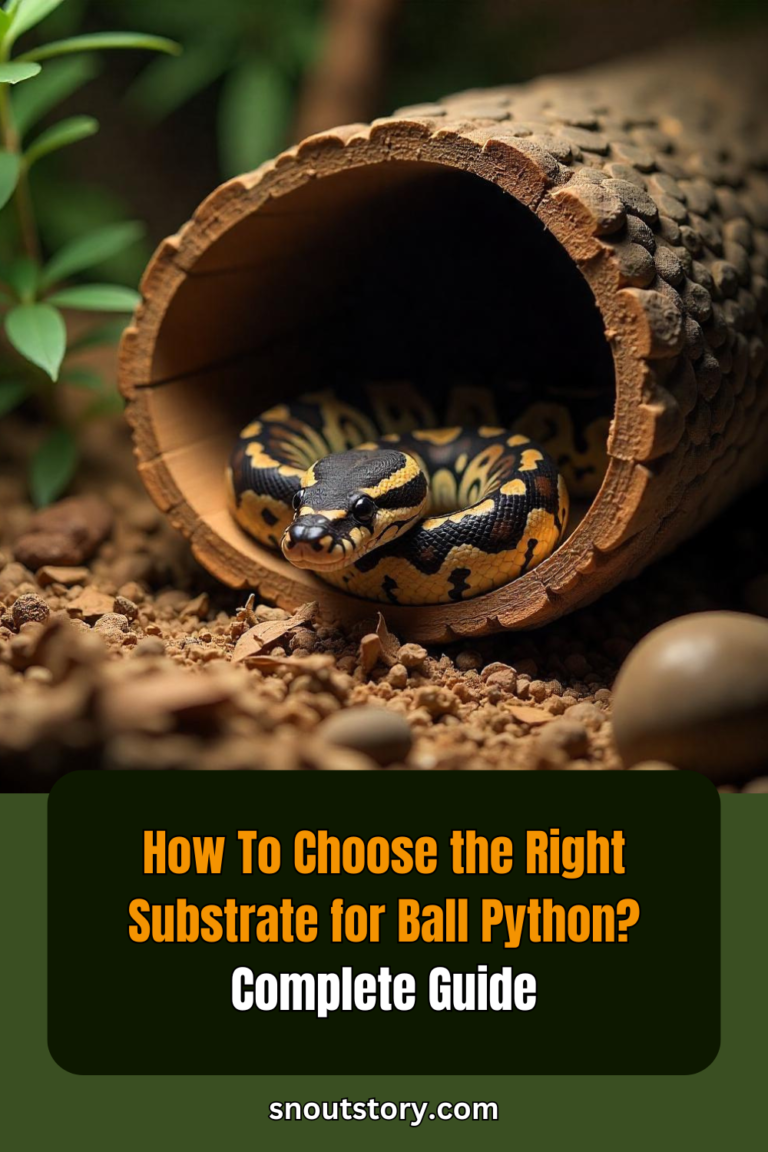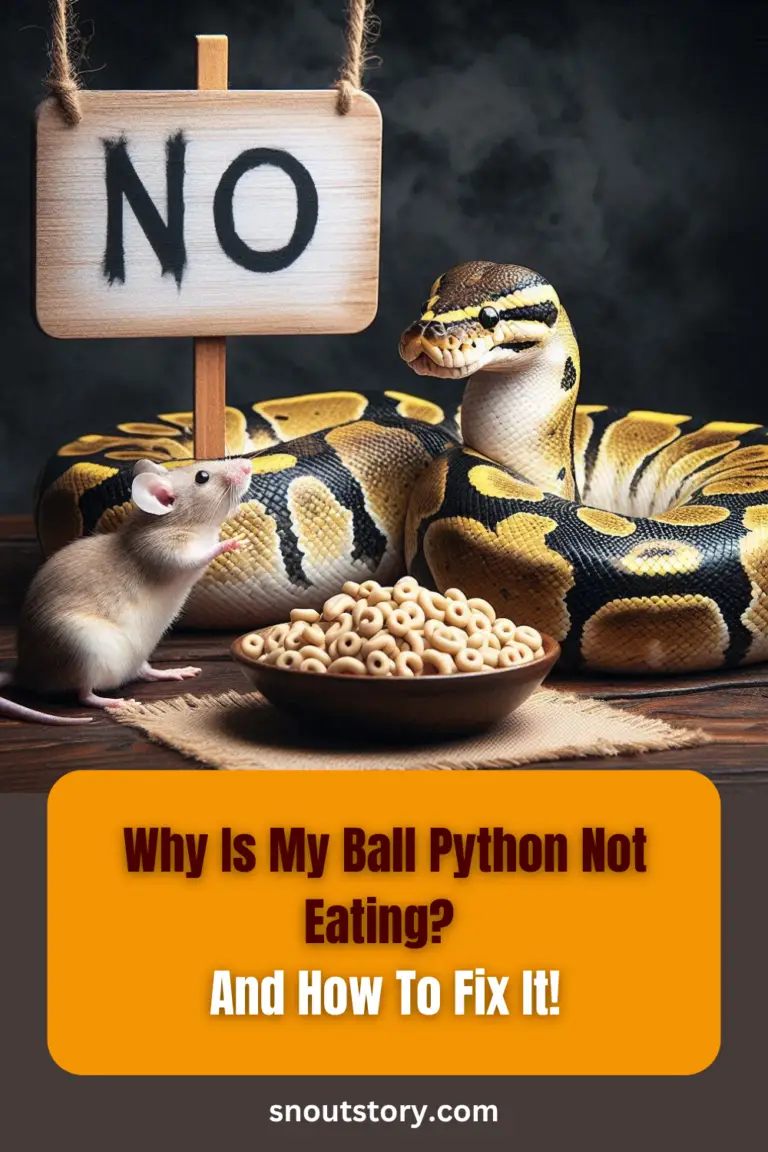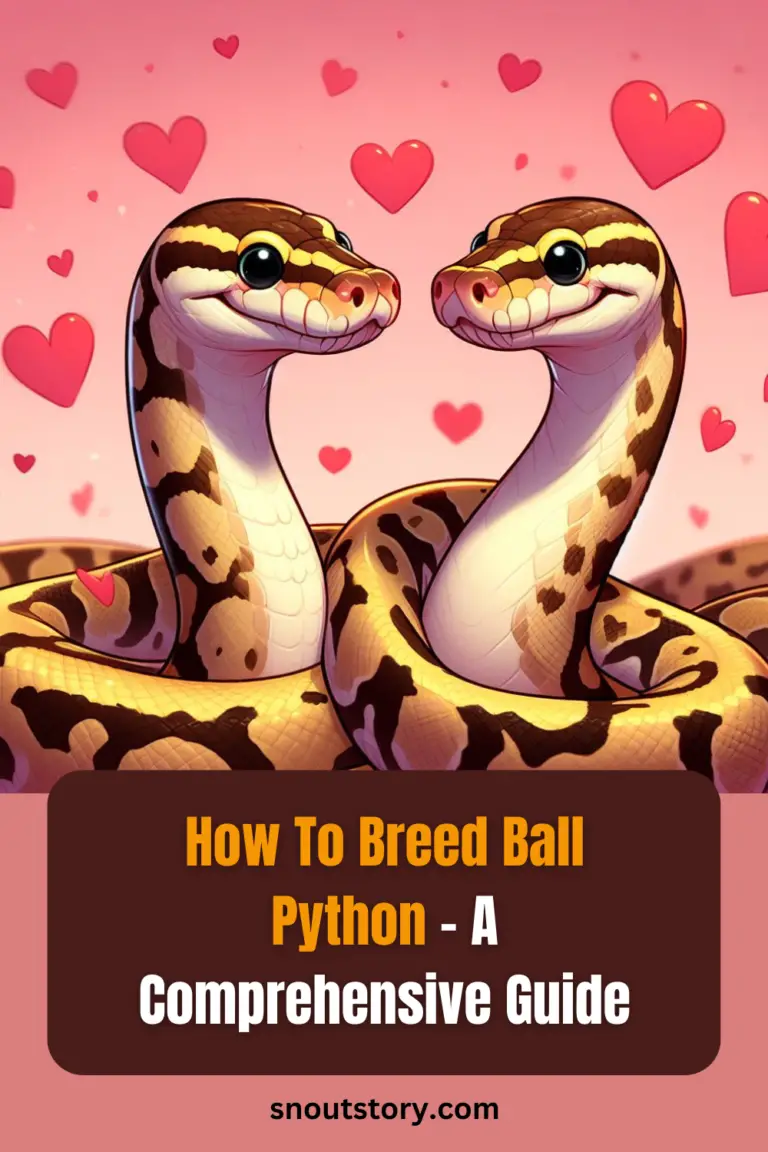Ball Pythons are one of the most popular reptile pets, you may have seen hundreds of YouTube videos and articles about ball pythons. Ball pythons have gained popularity as pets due to their small size, docile nature, and bright and vibrant colors.
Here’s a complete guide about the care, diet, and habitat requirements of ball pythons.
Ball Python Size
It doesn’t matter whether you are getting a dog, turtle, or a ball python, it is important to know their average size as adults so that you can determine if the pet is right for you and plan an enclosure accordingly.
Unlike other python species, ball pythons are smaller, making them a popular exotic pet. On average, male ball pythons are smaller and weigh less than females.
All ball pythons when hatched are 10 to 17 inches long. With the right diet and proper enclosure, female ball pythons will reach a length of 4.5 to 5.5 feet in three years. Male ball pythons are smaller than females and are 2.5 to 4 feet long as adults.
On average an adult ball python will weigh around 1000 to 3000 grams (depending on gender).
Ball Python Lifespan
Getting a ball python is a long-term commitment, in captivity ball pythons when fed and cared for well, tend to live for around 20 to 30 years.
Ball Python Habitat
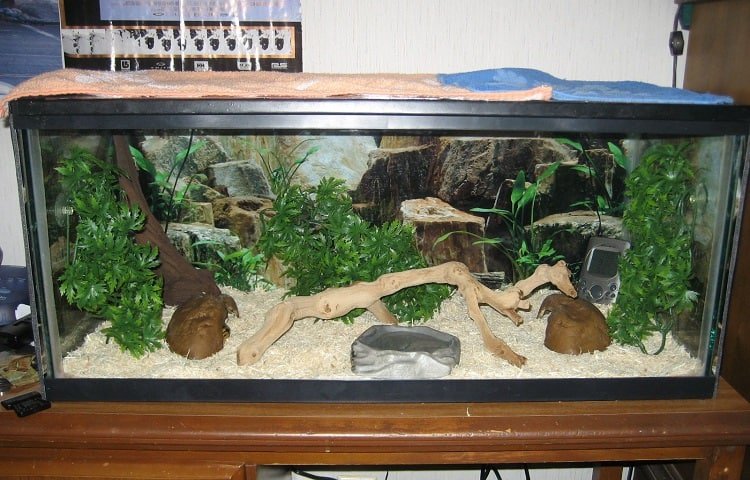
This is a bit controversial topic; most people prefer to keep their ball pythons in 40- or 75-gallon tanks. But if you ask me, considering it is a 4-5 feet long snake, I prefer a 4’ x 2’ x 2’ tank i.e., around 120 gallons, I like giving my snakes enough space to move.
(To Read Detailed Guide About Ball Python Enclosure Click Here)
Even though they leave in termite colonies in the wild, they still have enough space to move around whenever they wish, so it will always be better to give a bigger enclosure to your ball python.
- Flooring
Having a natural-looking and feeling substrate is always great so that your ball python can live happily and stress-free. Other than making your enclosure attractive, natural flooring is good for the skin of your ball python and helps reduce the stress of captivity.
Some of the best substrates for ball pythons are:
- Coco peat (Coconut husk)
- Bio-active soil
- Coconut coir
- Cypress Mulch
Temporary alternative substrates for ball pythons:
- Paper towels
- Aspen
Along with substrates, give enough hiding space to your snake so that he doesn’t stress out. To be an ideal hide, it has to be smooth on the inside, have an entrance, be dark, and feel secure.
Anything from an upside-down ceramic bowl with space to move in and out, to a hollow log, cardboard hides or plastic hide will be perfect.
(Ideally add more than one hideout to the enclosure so that your ball python can switch seasonally.)
Make sure you provide your ball python with fresh drinking water in a big bowl, especially during the shedding season.
Enclosure temperature
The ideal temperature for ball pythons can range from 75-80°F on the cooler side and 80-85° on the warmer side. Make sure to provide a basking area and keep its temperature on the warmer side, ideally 88-92°F.
Ball Python Diet
In the wild, the ball pythons eat rodents. So, in captivity, the easiest, cheapest, and best animal you can find and feed is a rat.
Usually, anything from a medium-sized to a large rat is fine for adult ball pythons. For small and growing ball pythons, frozen mice pinkies will be great. Basically, the width of the rat should be the same as the width of your snake, that’s how you know the perfect size of mice or rats.
Just make sure you heat those frozen pinkies before feeding, but don’t overheat or cook them. If possible, do all this process away from your kitchen and make sure to maintain proper hygiene.
Behavior and Temperament
What’s the use of getting an animal if you don’t like its behavior? If you are an active person, you may choose an active pet such as a golden retriever or a parrot, if you are a lazy person a tortoise or an American bulldog may be perfect for you.
The same thing goes with snakes, get a ball python if you want a pet to chill with; generally, they behave in a way that makes them suitable as a companion for watching movies with someone who wants a pet that won’t move around much and will instead tend to sit still and be quite inactive. Get something like a little colubrid if you want an animal that will go crazy and zoom around. They are typically non-aggressive and docile. Therefore, if you don’t want to get bitten by snakes, this is a nice snake to start with.
Do Ball Pythons Bite? What to do if Your Ball Python Bites you? (Click Here to Read)
The biggest problem, in my opinion, is that if you only have one snake, you risk wasting rats because these guys often stop eating for no reason.
Price
If you’ve looked at classified ads or done any research on ball pythons, you know they’re quite easy to find whether you want a standard-looking snake, something a little wackier like a banana, or something standard-looking but extremely distinctive-looking like an albino.

Their price can vary from anywhere between 5-10$ to thousands of dollars. Everything depends on the morph and its availability in the market. Some breeders may even give you some simple-looking baby ball pythons for free.
The world of ball python morphs is large and interesting, with endless variations to explore. Ball pythons make fascinating and low-maintenance pets, regardless of your level of experience with reptiles. Make sure to do your homework and find a reputable breeder if you’re thinking about adding a ball python to your family to guarantee that you get a healthy, well-cared-for snake. Also, don’t forget to enjoy yourself while exploring all the possible morphs; you never know what special beauty you can discover!
Recommended
How to Create a Bioactive Ball Python Enclosure: Detailed Guide
12 Ball Python Enclosure Setup Ideas For Realistic Habitat
How To Choose the Right Substrate for Ball Python? Complete Guide
Ball Python Shedding: Everything A New Owner Must Know
Why Is My Ball Python Not Eating? And How To Fix It!
How To Breed Ball Python – A Comprehensive Guide
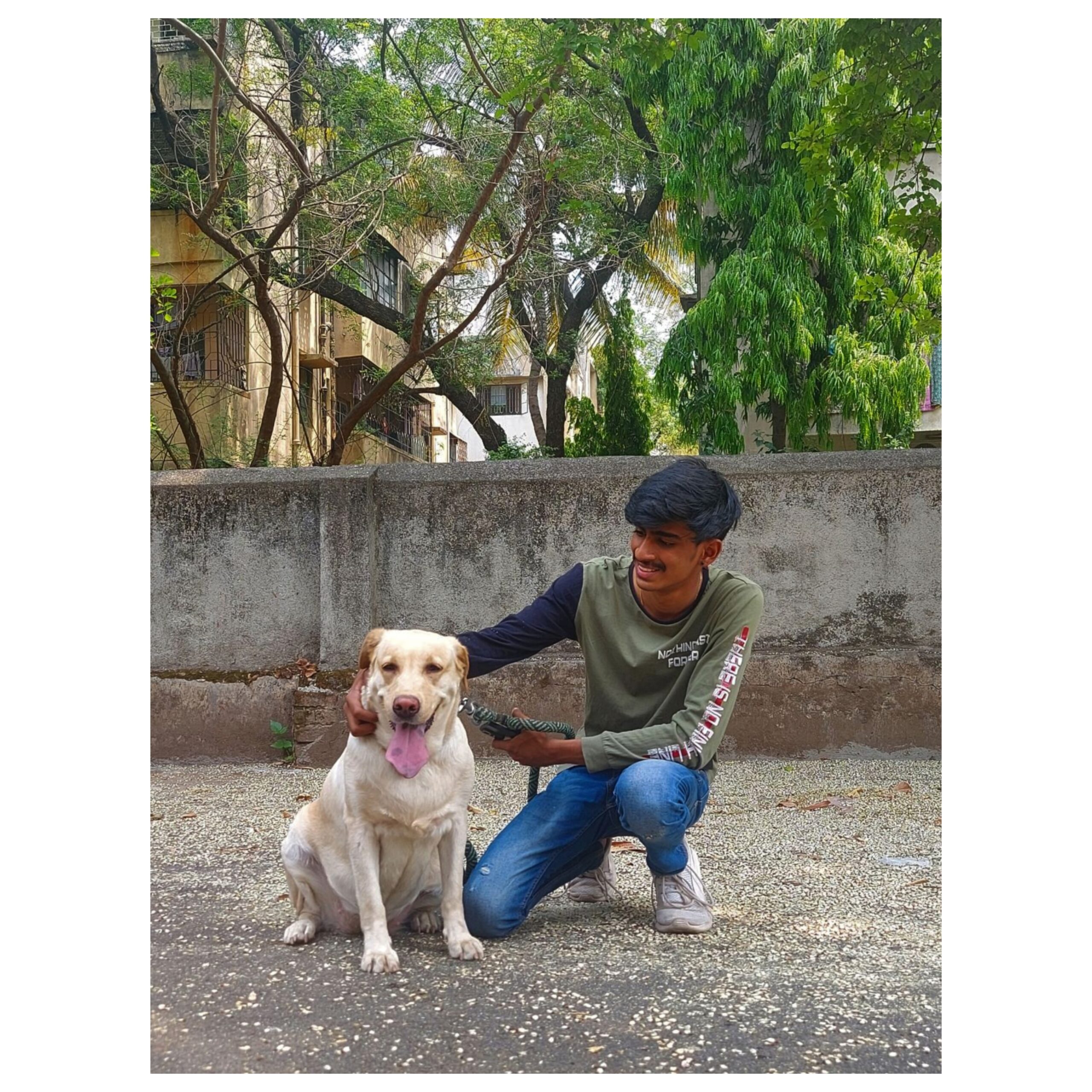
Vedant Narvekar is an experienced digital marketing expert with a profound love for nature and animals. With a career rooted in leveraging online platforms to drive engagement and promote meaningful causes, Vedant’s passion for animals inspired him to start Snout Story—a blog dedicated to educating people about pet keeping and sharing proper knowledge about caring for animals. Drawing on his expertise in digital marketing, Vedant utilizes his platform to advocate for responsible pet ownership, providing valuable insights on pet care, training, nutrition, and more. Through Snout Story, Vedant aims to empower pet lovers with the information they need to provide the best possible care for their furry companions, while also fostering a deeper appreciation for the natural world and the creatures that inhabit it.
